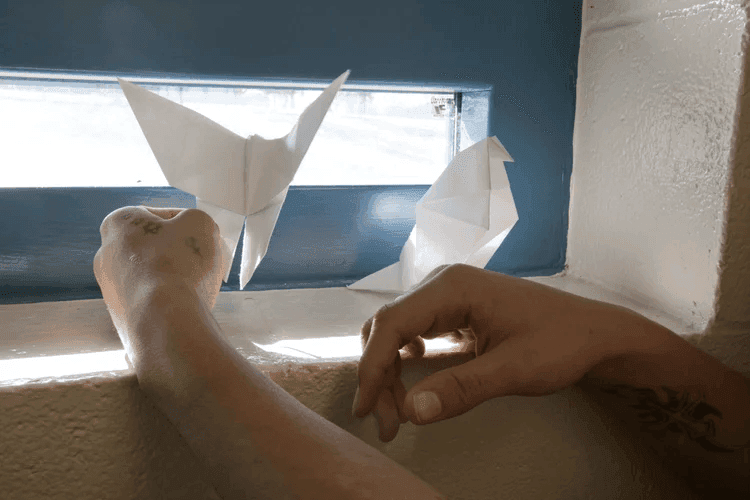juvenile detentionyouthDallas City
16 min readInfo Report on Juvenile Detention
As the implementation of Juvenile Detention as a mechanism to hold youth accountable has been growing, so has the profound negative impacts it has on these teenagers. Studies have found that teens often experience severe mental health conditions during and after their sentence in Juvenile Detention including anxiety, depression, and suicidal ideation. The isolation in Juvenile Detention often causes psychological and behavioral issues, including aggressive and disruptive behaviors within kids. Despite several attempts at reform on a federal and state lev...

17 views
← Back to Publications